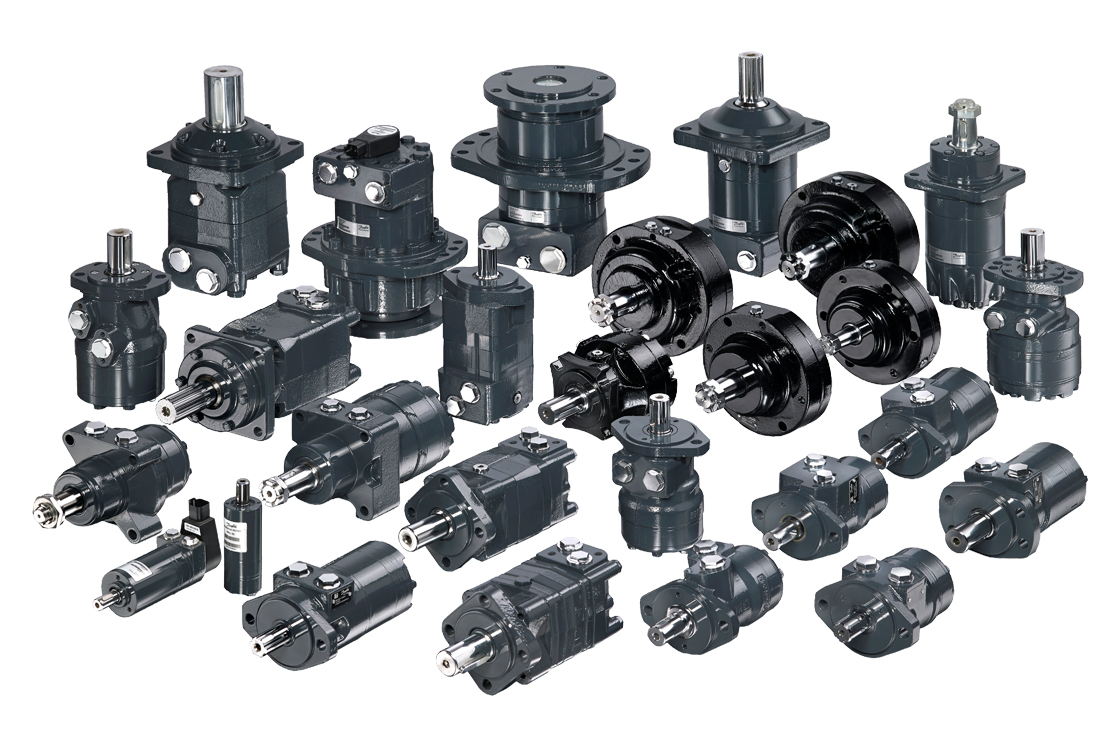The consequences of electrification
05. December 2022
Slowing down climate change requires a rapid phase out of fossil fuels globally. Within the EU, the goal is to reach net-zero emissions of climate gases by 2050. To reach this goal, the use of fossil fuels in industrial processes and in the transport sector must be replaced.
Fossil fuels currently account for around 80 percent of the world’s total energy use, with the transport sector consuming a large part of this. The Swedish government has therefore agreed that carbon dioxide emissions from the transport sector in Sweden must be reduced by 70 percent by 2030 (compared to 2010). This policy, together with consumer-related businesses demanding that transport have minimal climate impact, is an incentive for development. Many companies have accepted the challenge and have set a goal of 100% fossil-free domestic transport by 2030 at the latest. Large companies, such as Scania and Volvo, as well as more and more haulage companies are switching to renewable fuels and investing in electric-powered operations, and there is also increased interest in new gas- and electricity-based technologies.
Other segments of industry are also investing in electrification. A well-known example in Sweden is the goal of achieving completely fossil-free steel production. In this project, LKAB, SSAB and Vattenfall are working together to find a way to replace coke with hydrogen.
Common to all investments is that the conversion will significantly increase the use of electricity and thus the demands on the energy supply. This means that we not only need to strive for electrification, but we also need to improve efficiency.
Hydraulic systems affect consumption
Energy passing through hydraulic systems accounts for around 2% of all energy use. But hydraulic systems are not as energy efficient as they could be, since energy is lost at each connection point. In the best case, the energy efficiency of the system is about 60-70. Improving the efficiency will bring a big increase to fuel savings and a very large potential benefit to society.
When vehicle manufacturers and industrial companies decide to invest in electrification, it almost always starts with replacing internal combustion engines with electric motors. It is a natural and relatively simple first step. Hydraulics have taken a back seat to efforts that cost far more per litre of diesel saved. Often the intention is to make further efficiency improvements, but companies want to simply start eliminating risks. However, as customer demands increase and tighter legislation is enacted, efficiency and electrification are the focus of new, higher demands.
Minimize energy losses
Streamlining by minimizing energy losses is important in order to extend the interval between charges and to save on costly and bulky battery capacity. Optimizing and adapting the hydraulic system provides new possibilities. It is important to look at the entire system and to use the right technology in the right place.
Electrification means higher efficiency, no emissions or leakage, a lower noise level and opportunities for connectivity.
Hydraulics offer a robust and powerful way to transfer energy in a compact design, for example a hydraulic motor can perform work with high torque.
Combining the two solutions and using hydraulics or electrification where it works best can result in precision and power in one solution. The best of both worlds.
Development is moving forward at a rapid pace. Adaptations are (and will continue to be) required to meet customer and environmental demands. However, the solutions do exist, and the best solution for each individual application and process can be developed through collaboration with our customers and various actors. Together, we can build emissions-free systems with higher efficiency and significantly lower noise levels.
New technology brings new opportunities and requirements
There is still a need for a lot of basic research, development and analysis of various technologies. Today, the focus is primarily on battery-powered machines and hybrids, but fuel cells will be relevant also in the near future. This is a development we are monitoring. Watch this space.
Written by: Jonas Jansson, Concept & Application Engineer at HydraSpecma




